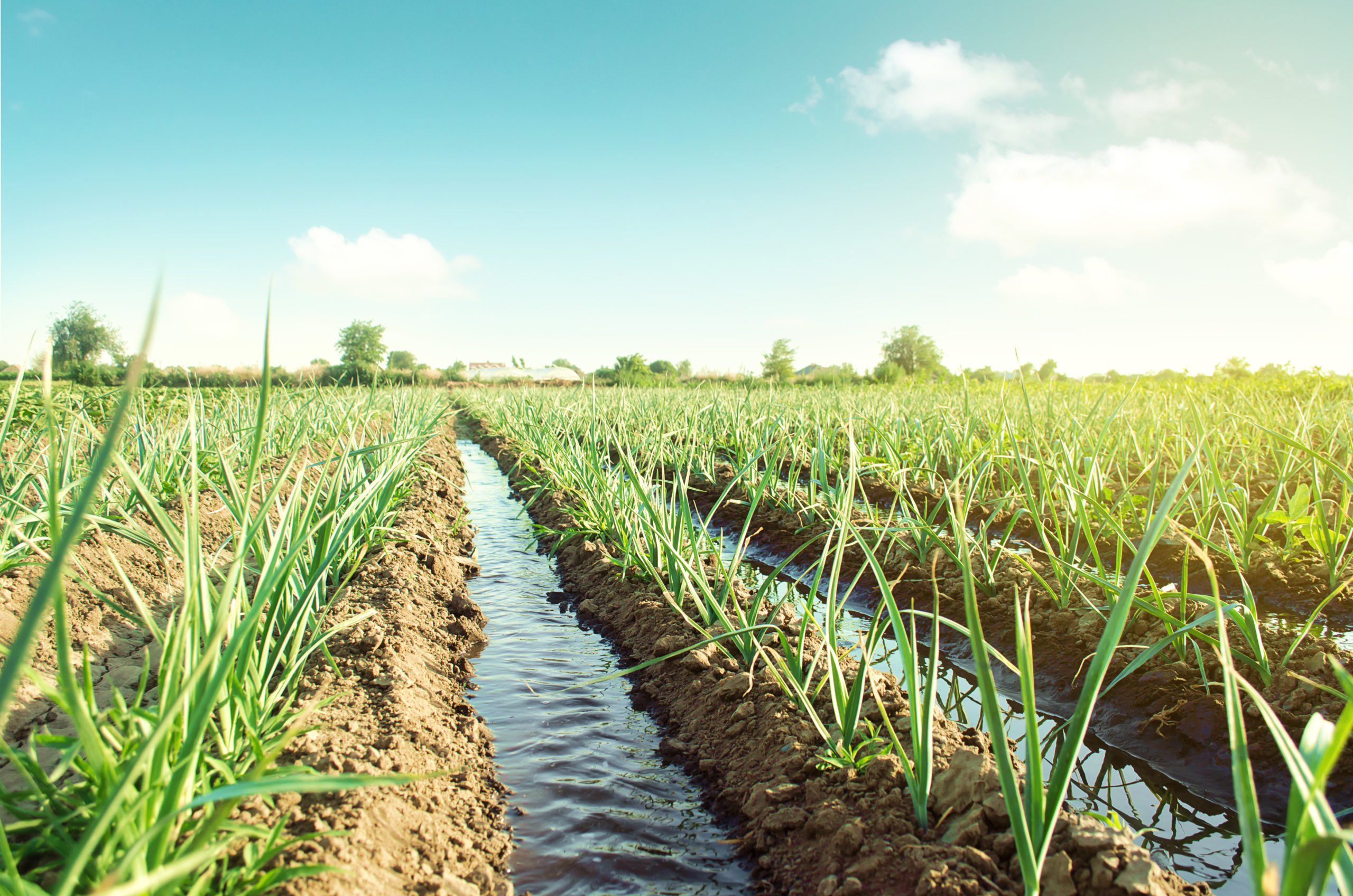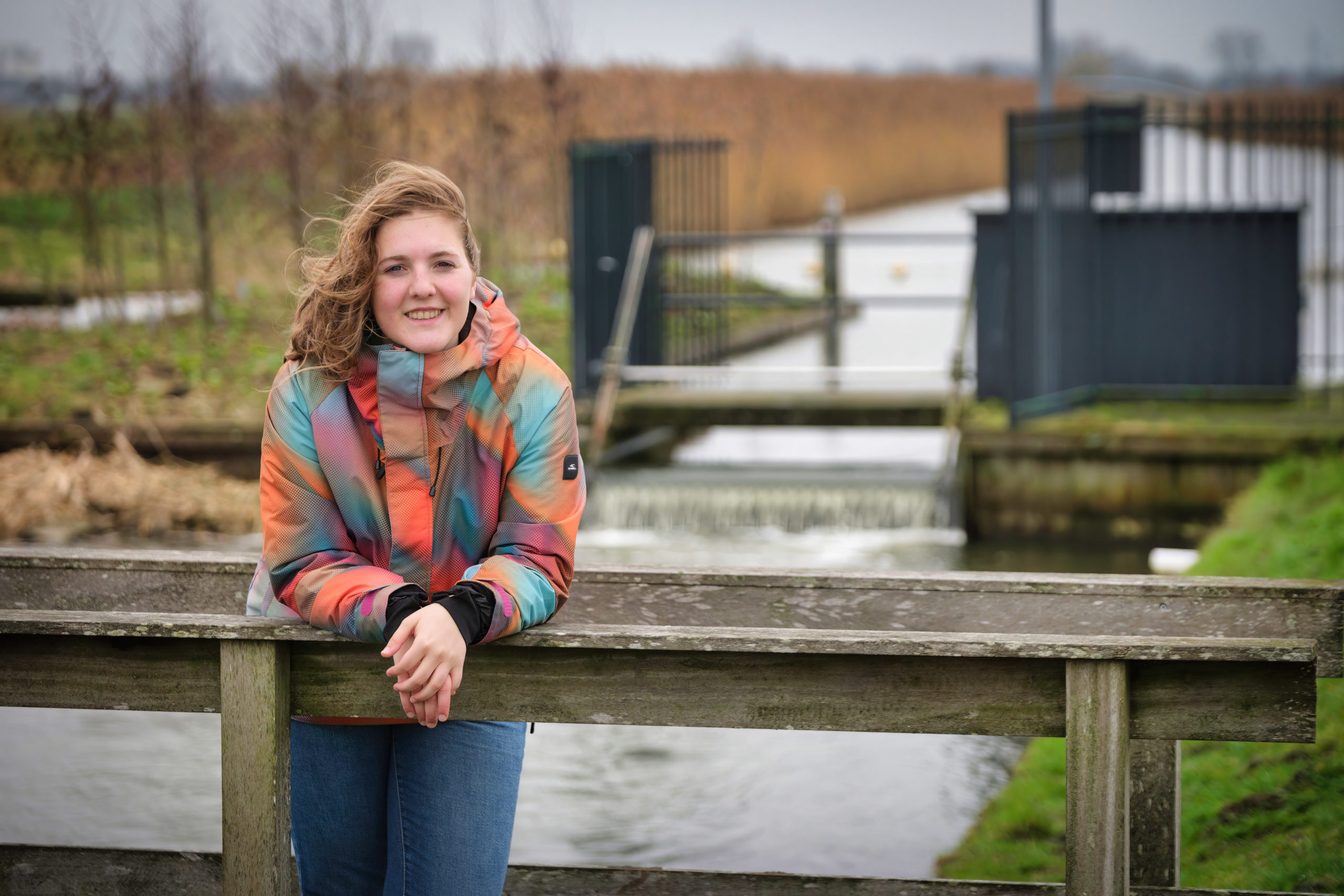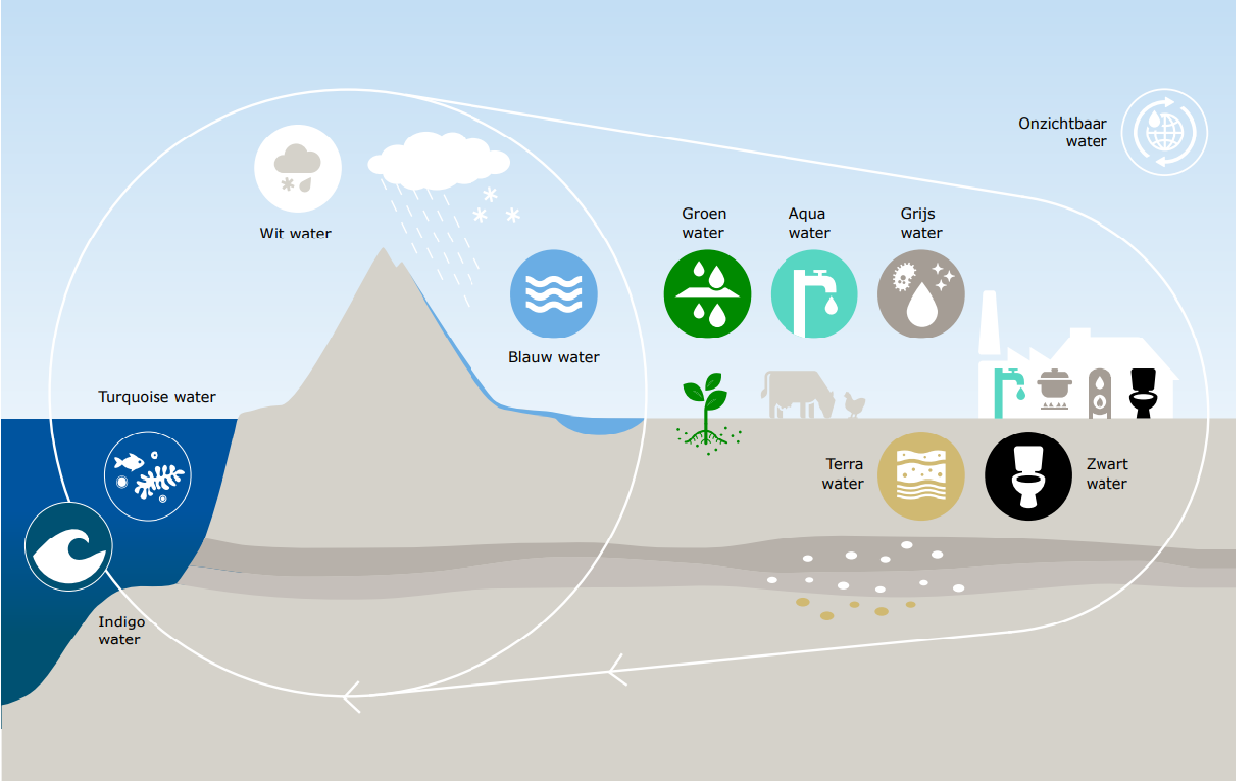The water-rich Netherlands is becoming dryer. Or rather: becoming dryer occasionally. This summer is making that much abundantly clear. However, sometimes heavy precipitation causes major issues. The solution for both problems is the same, says aquatic ecologist Piet Verdonschot. ‘Floods and droughts are two sides of the same coin: it is all about retaining water in the system’s core.’
Traditionally, the Netherlands struggles with water. Particularly with an excess thereof. That water must be drained as quickly as possible. To keep our own feet dry, but, more importantly, for agriculture. Verdonschot: ‘We have constructed a system starting with canalisation, to drain water as fast as possible. When that appeared to be too fast, dams we built to regulate the drainage.’
Groundwater level
‘Because farmers started using increasingly heavy machinery, the groundwater level needed to be lowered’, says Verdonschot. ‘The level was lowered even further for the growing of specific crops. When this resulted in shortages, water was extracted from the large rivers. We currently use the Maas to keep all of Oost-Brabant and Middle-Limburg wet, while the Ijssel provides the East-Netherlands with water!’
Little supply and no reserves leads to shortages. Makes perfect sense.
Piet Verdonschot, aquatic ecologist
‘A house of cards has been constructed,’ says Verdonschot. And that house of cards is now collapsing. ‘The hot summers cause increased evaporation and less precipitation. And when it does rain, large amounts of water fall in a short time, causing the water to drain away or evaporate. Moreover, the influx of water from the rivers is now hampered due to climate change. Little supply and no reserves leads to shortages. Makes perfect sense.’
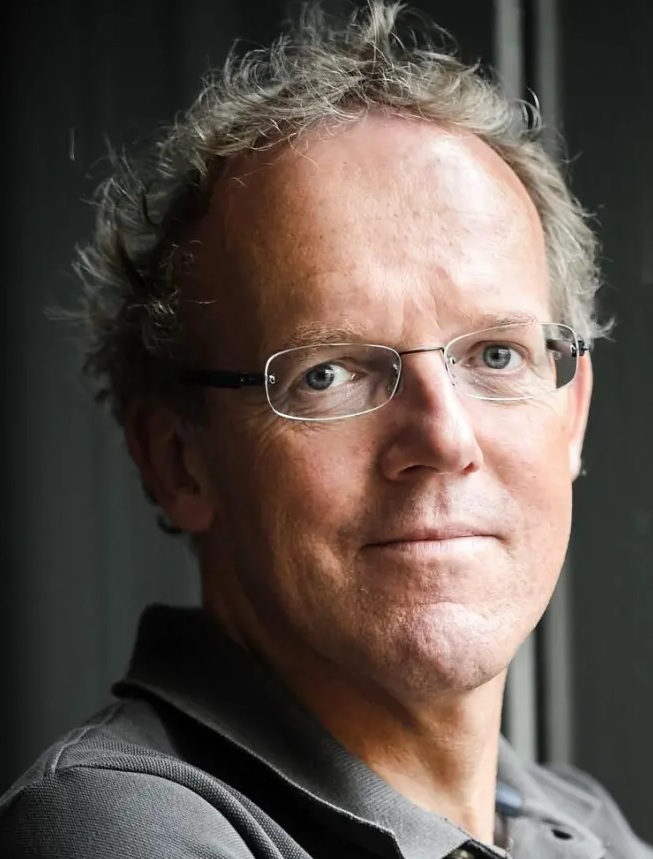
The solution makes equal sense, says Verdonschot: the ‘enormous water network in the landscape’ must be reversed. ‘I believe that a large number of all the ditches and trenches should be closed as they are not needed. The same applies to the kilometres of ditches in the woods. The Netherlands must be redesigned. We are on the brink of re-parcelling 2.0.’
Integrated re-parcelling
But it must be an ‘integrated re-parcelling’, says Verdonschot. ‘Not just for agriculture, but an approach that includes all functions such as water quality, leisure, urban development, nature and so forth. And with the strict precondition that water is leading in the design of the landscape. Thus, function follows water, and not the other way around as the water authorities have always stated. Building with nature, where water retention in the soil and water storage in valleys and creeks and climate change are prerequisites.’
Agriculture must be overturned. But that is no longer up for debate. Is it?
Piet Verdonschot, aquatic ecologist
Farmers must concede in this picture. ‘Agriculture must be overturned. But that is no longer up for debate, is it?’, Verdonschot challenges. ‘After the Second World War, the landscape was designed to accommodate agriculture. Hunger was to be eliminated forever. But we must move towards a new realism based on the realisation that a sustainable world calls for a sustainable food supply and a new system.’
New reality
That the farmers are not happy with this message is an understatement. But they, too, must move with the new reality of irreversible changes, says Verdonschot. ‘There are 52,000 farmers in this country, of which some 2500 organic farmers. Three-quarters of the remaining farmers see that change is necessary. Should the remaining 10,000 farmers decide what happens for the 17 million inhabitants in this country?’

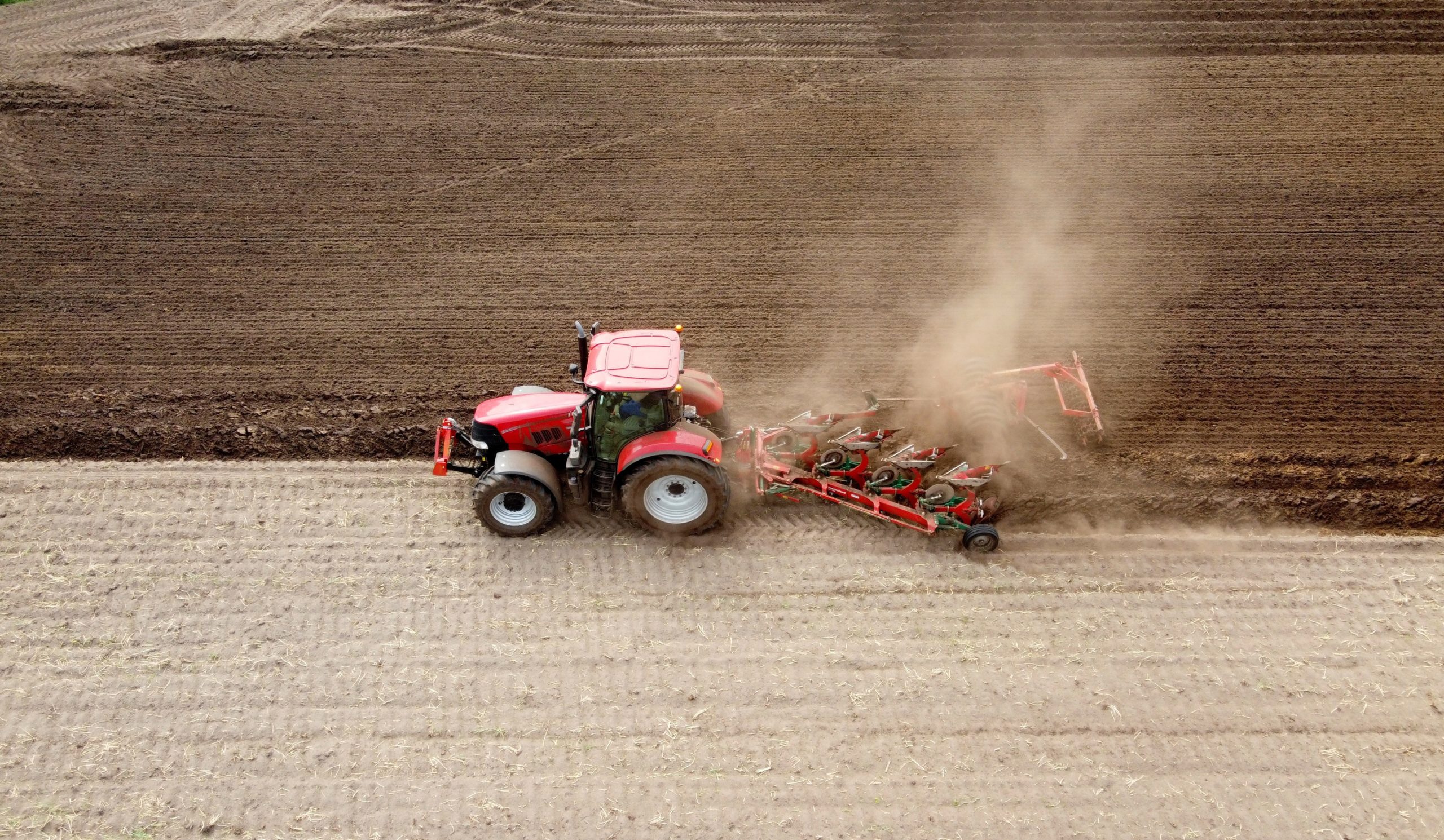 Photo: Shutterstock.
Photo: Shutterstock. 